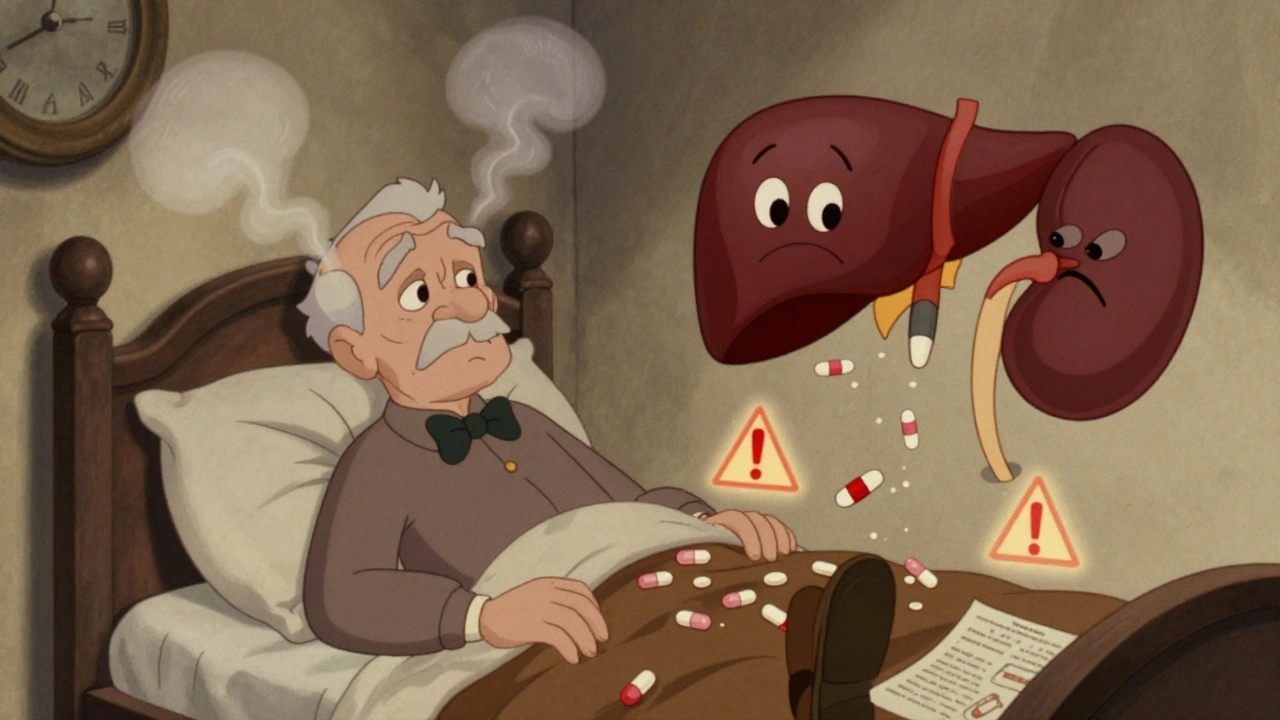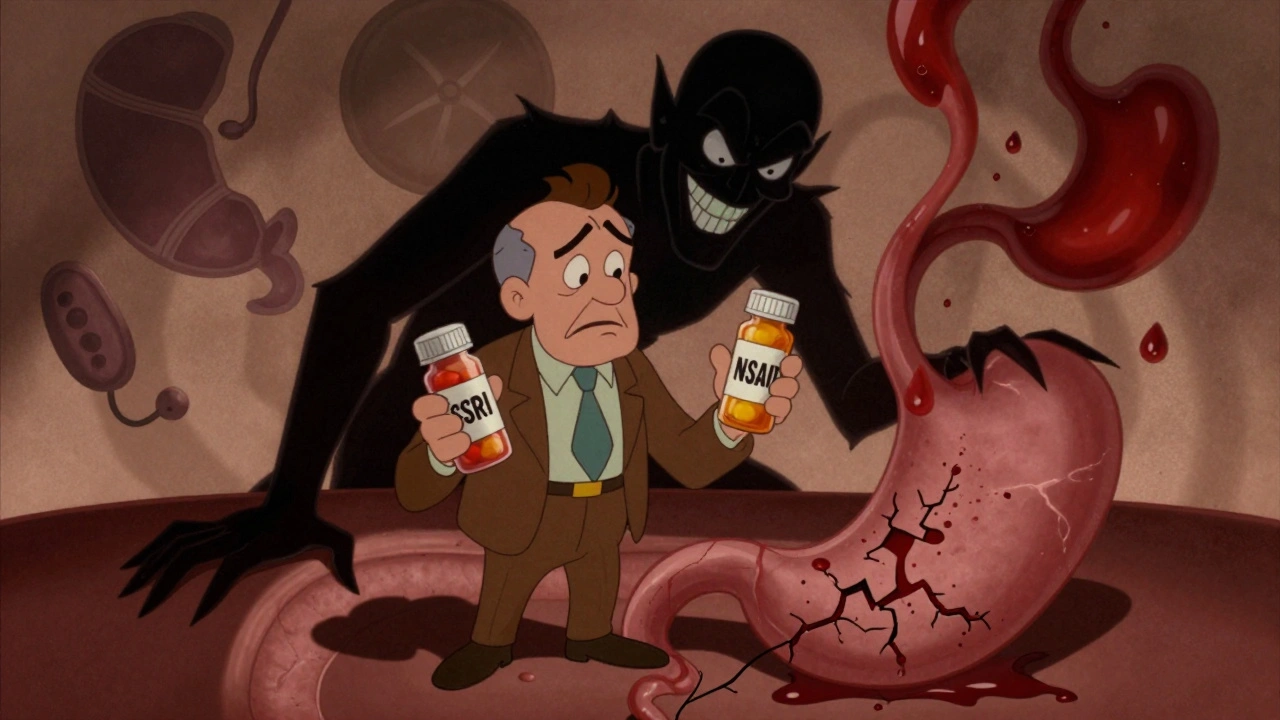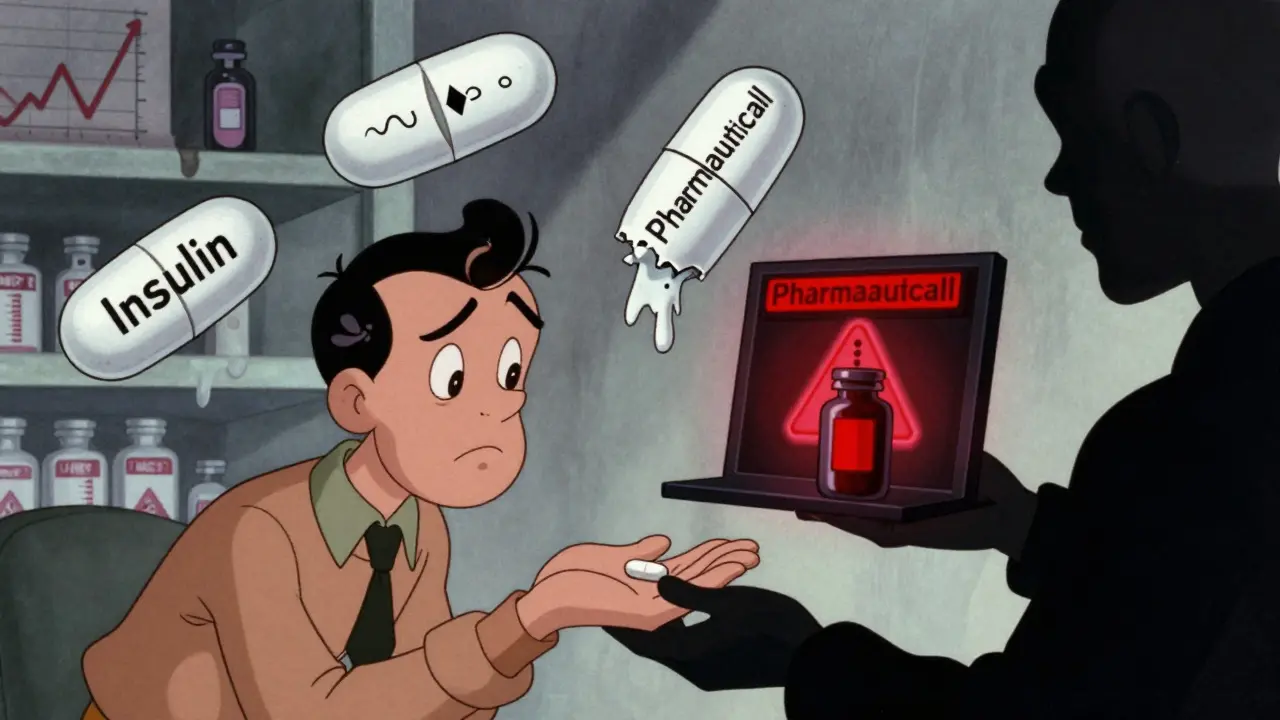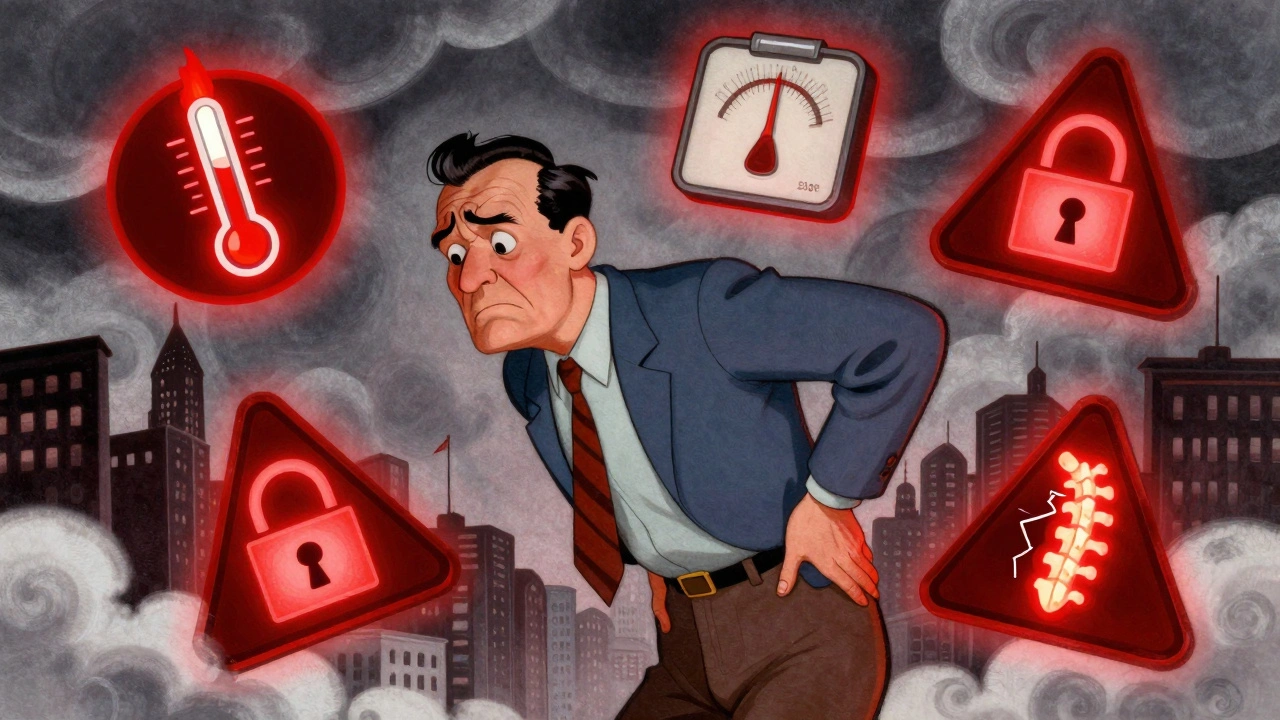Understanding Athlete's Foot and its Impact on Seniors
Before we delve into the treatment options for athlete's foot in seniors, it's crucial to understand what this condition is and how it affects our elderly population. Athlete's foot, or tinea pedis, is a common fungal infection that affects the skin on the feet. It can also spread to the hands and toenails if left untreated. It is more common in older adults because the immune system weakens as we age, making it harder for the body to fight off infections.
Seniors are more susceptible to this condition due to various factors such as reduced blood circulation, diabetes, or other conditions that weaken the immune system. The symptoms include itching, burning, and cracking of the skin between the toes or on the soles of the feet. In severe cases, it can lead to painful blisters or ulcers. Therefore, early detection and treatment are crucial in seniors to prevent complications.
Over-the-Counter Treatments for Athlete's Foot
Over-the-counter (OTC) treatments are the first line of defense against athlete's foot. There are numerous antifungal creams, sprays, and powders available that can effectively treat the infection. These products contain active ingredients like miconazole, clotrimazole, tolnaftate, or terbinafine, which are designed to eliminate the fungus.
However, seniors must adhere strictly to the instructions on the packaging, as prolonged use of these products can cause skin irritation. Furthermore, if the symptoms persist after two weeks of treatment, it is important to consult a healthcare professional. Remember, OTC treatments may not be suitable for everyone, especially those with underlying health conditions or those on certain medications.
Prescription Treatments for Severe Cases
If OTC treatments fail to alleviate the symptoms of athlete's foot, a doctor may prescribe stronger antifungal medications. These can come in the form of oral medications or topical creams. However, these are usually reserved for more severe cases or when the infection has spread beyond the feet.
These prescription medications can have side effects, especially in seniors with other health conditions or those taking other medications. Therefore, it is crucial to discuss any potential risks with your healthcare provider before starting the treatment. Regular follow-ups are also necessary to monitor the progress and adjust the treatment as required.
Home Remedies and Lifestyle Changes
In addition to medications, certain home remedies and lifestyle changes can help treat and prevent athlete's foot. Keeping the feet dry and clean is paramount, as the fungus thrives in warm and moist environments. Therefore, drying the feet thoroughly after washing and wearing clean, breathable socks can help prevent the infection.
Other home remedies include soaking the feet in a solution of water and vinegar, which can help kill the fungus. However, these remedies should be used with caution, as they may cause skin irritation, especially in seniors with sensitive skin. Finally, avoid walking barefoot in public places like swimming pools or gyms, as these are common places where the fungus can spread.
Preventing Recurrence of Athlete's Foot
Once the athlete's foot has been successfully treated, it is essential to take steps to prevent its recurrence. This includes maintaining good foot hygiene, regularly changing socks and shoes, and avoiding walking barefoot in public places. Seniors should also avoid sharing towels, socks, or shoes with others to prevent the spread of the fungus.
Regular foot inspections can also help in early detection of any signs of a recurring infection. If you notice any symptoms, start treatment immediately and consult a healthcare provider if symptoms persist or worsen.
When to Seek Medical Attention
While athlete's foot can often be treated at home, there are instances when medical attention is necessary. This includes cases where the infection doesn't improve after two weeks of treatment, if the symptoms worsen, or if the skin on the feet becomes excessively red, swollen, or painful. Additionally, seniors with diabetes or a weakened immune system should seek medical help immediately if they suspect they have athlete's foot, as the infection can lead to more serious complications in these individuals.
Remember, your health should always be your priority. Don't hesitate to seek professional help if you're unsure about anything. It's always better to be safe than sorry.






Yaseen Muhammad
Proper foot hygiene is non-negotiable for seniors with athlete’s foot. Daily washing with mild soap, thorough drying-especially between the toes-and breathable cotton socks make a measurable difference. I’ve seen elderly patients go from chronic infections to completely clear feet in under four weeks just by sticking to these basics. No magic creams needed.
KC Liu
Let’s be honest-this whole ‘athlete’s foot’ thing is just Big Pharma’s way of selling antifungal cream to people who don’t know how to dry their feet. The real cause? Government-mandated public pool chlorine levels. It weakens the skin’s natural barrier. I’ve got the leaked CDC memo on it. You’re being lied to.
Shanice Alethia
OH MY GOD. I KNEW IT. My uncle got this and they didn’t tell him it was a sign of a dying immune system-now he’s on six meds and can’t walk without a cane. WHY IS NO ONE TALKING ABOUT THIS? They just slap on some cream and send him home like he’s got a pimple. This is a CRISIS. Someone needs to call the news. NOW.
Sam Tyler
It’s important to remember that while OTC treatments work for many, seniors often have comorbidities that complicate things-diabetes, neuropathy, poor circulation-all of which can mask symptoms or delay healing. I’ve worked with geriatric patients for over 20 years, and the most successful outcomes come from a combo of antifungal treatment, daily foot checks, and a caregiver who helps with drying between the toes. It’s not glamorous, but it’s life-changing. Also, vinegar soaks? They’re fine if diluted 1:4 with water, but never use them on cracked or bleeding skin. That’s when you call the podiatrist.
shridhar shanbhag
My mother had this for years. She used tea tree oil and refused to see a doctor. It got worse. Then we switched to terbinafine cream and within 10 days, it was gone. Don’t wait. Don’t be stubborn. Fungus doesn’t care if you’re ‘natural’-it just grows.
John Dumproff
I just want to say-this post is so helpful. I’ve been helping my dad manage his feet since his diabetes diagnosis, and honestly, I didn’t realize how much risk there was with athlete’s foot. I’m going to start checking his feet every night now. Thank you for writing this. You made me feel less alone in this.
Lugene Blair
YES. This. I’ve been telling my grandma for years to stop wearing those sweaty slippers inside. She thinks it’s ‘cozy.’ It’s a fungal paradise. We started using antifungal powder in her shoes every morning-no more itching, no more embarrassment. Small changes, big results. You’ve got this, seniors. Your feet deserve better.